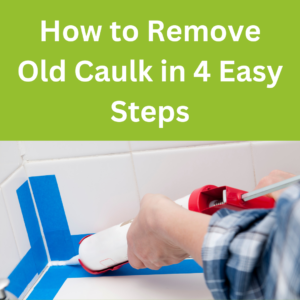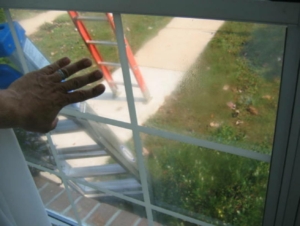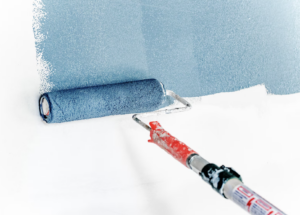Are you in need of a handyman in California? It’s essential to understand the licensing requirements to avoid potential legal issues. In this blog post, we will provide vital information about the licensing regulations for handymen in California and help you navigate the process.
What is a Handyman?

Handyman Licensing Requirements in California: What You Need to Know
Before delving into the licensing requirements, it’s essential to understand what a handyman does. A handyman is a versatile professional skilled in various tasks, from minor home repairs and maintenance to installations and small renovation projects. Their expertise extends to plumbing, electrical work, carpentry, painting, and more.
Licensing Requirements
In California, handymen fall under the jurisdiction of the Contractors State License Board (CSLB). While some states may not have licensing requirements for handymen, California has specific regulations in place. According to the CSLB, handymen must hold a valid contractor’s license if the total project labor and materials costs exceed $500. It is crucial to note that this threshold applies to the cumulative value of multiple projects within a single year.
Exemptions and Restrictions
There are exemptions and restrictions for minor work or specific tasks. For example, a handyman may not require a license if the project costs less than $500. However, a license becomes necessary if the project exceeds this amount, even if it’s a minor task.
It’s vital to remember that specific projects, such as electrical or plumbing work, require specialized licenses regardless of the cost. Hiring a licensed professional from the respective trade is paramount to ensure safety and legal compliance.
Benefits of Hiring a Licensed Handyman
Hiring a licensed handyman in California offers numerous advantages. Firstly, a licensed handyman has undergone the necessary training and proven their competence in their field. This helps protect you and your property from potential issues arising from subpar workmanship. Additionally, licensed handymen are more likely to have insurance coverage, which shields you from liability in case of accidents or property damage during the project.
Conclusion
If you need a handyman in California, remember that licensing requirements are crucial. Ensure that your handyman holds the necessary contractor’s license if the project’s costs exceed $500. This ensures compliance with the law and guarantees a knowledgeable and skilled professional for your home improvement needs.





